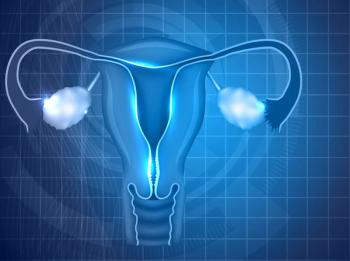
Pooled Biomarker Scores Predicts Ovarian Cancer Survival
Combining three markers of homologous recombination deficiency into a single score may improve treatment decisions for women with ovarian cancer, according to a study reported at the 2016 SGO Annual Meeting.
Combining three markers of homologous recombination deficiency (HRD) into a single score may improve treatment decisions for women with ovarian cancer by predicting those who are likely to benefit from platinum-based chemotherapy, according to a study reported at the 2016 Society of Gynecologic Oncology (SGO) Annual Meeting, held March 19–22in San Diego, California.
Three previously identified HRD markers of genomic instability-telomeric allelic imbalance, large-scale state transitions, and loss of heterozygosity-were combined and tested against each individual biomarker component.
In a retrospective cohort of 859 patients from four studies of platinum-based chemotherapy, the combined score better predicted both progression-free survival (hazard ratio (HR), 0.66; P = 2 × 10-6) and overall survival (HR, 0.55; P = 1 × 10-8 ) compared with each HRD biomarker individually, according to data presented by Gordon B. Mills, MD, PhD, professor of medicine and immunology and chair of systems biology at the University of Texas MD Anderson Cancer Center in Houston (abstract 2).
While each individual component also reached statistical significance in predicting response to a DNA-damaging agent in a univariate analysis of dichotomous scores (low, high), in a bivariate analysis only the combined HRD score reached statistical significance.
The individual HRD biomarkers had a diagnostic accuracy of 85% compared with 90% for the composite HRD score.
In a training cohort of 1,058 patients who were not previously exposed to chemotherapy, a combined HRD score of 42 was determined as an appropriate cut off. Prior studies have shown that many ovarian tumors have defects in homologous recombination, meaning that the tumors are genomically unstable and do not have the mechanisms intact to repair DNA damage. These tumors are more vulnerable to DNA-damaging agents such as platinum-based chemotherapies and PARP inhibitors.
According to Mills, BRCA1 and BRCA2 mutational status plus the HRD combined score is now being assessed as a tool to predict treatment response in several prospective clinical trials for ovarian cancer patients.
Newsletter
Stay up to date on recent advances in the multidisciplinary approach to cancer.


















































































